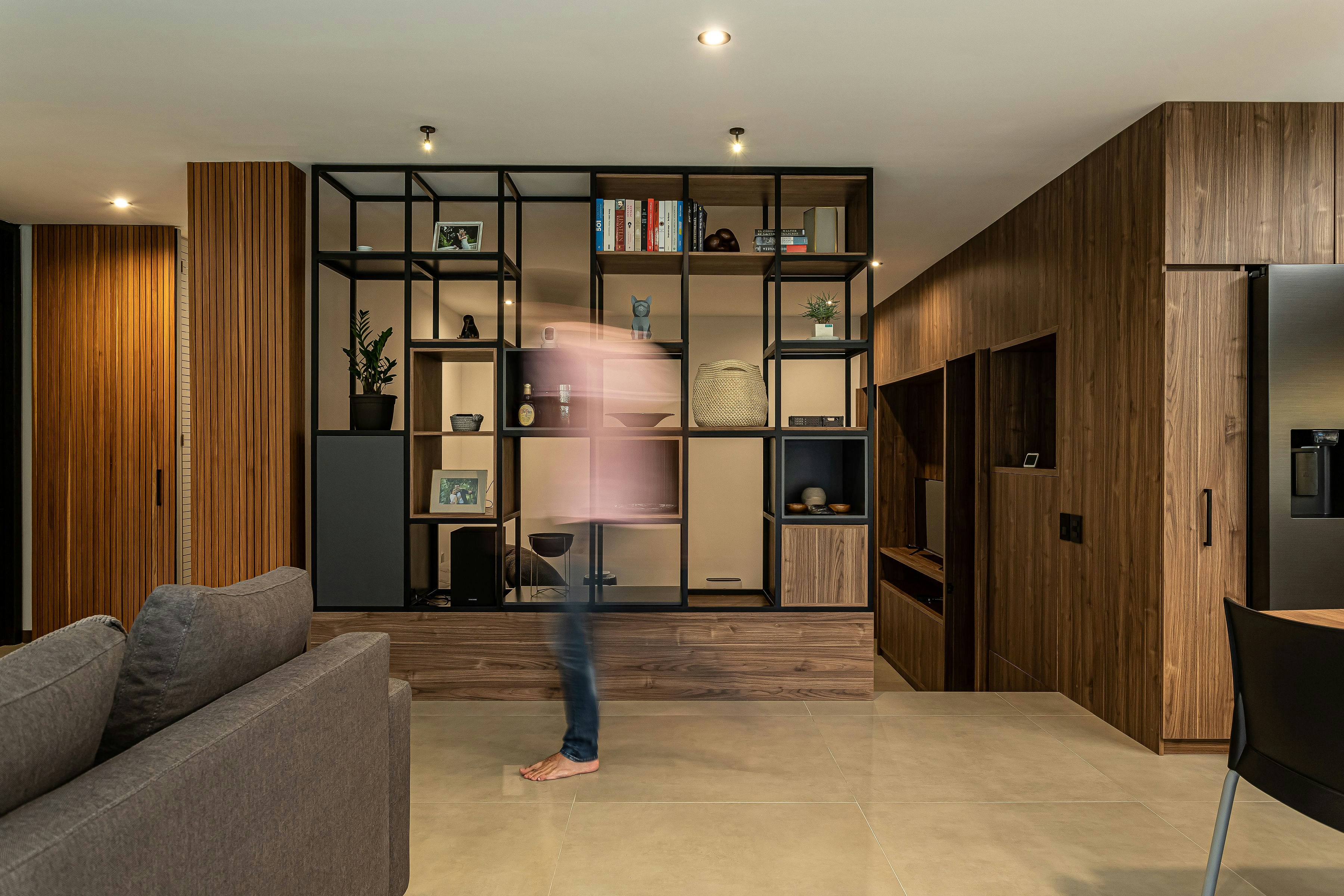From Concept to Reality: How to Plan Your Dream Home Interior


Designing your dream home interior is one of the most exciting and rewarding parts of home ownership — but without proper planning, it can also become overwhelming. From defining your style to working with professionals, every decision you make shapes the final outcome. So how do you turn that Pinterest board or saved Instagram folder into a space you’ll love living in?
Here’s a step-by-step guide to help you plan your interior from concept to reality.
1. Define Your Vision and Lifestyle Needs
Before diving into colours, tiles, or layouts, ask yourself:
What kind of home do I want to live in?
Start by reflecting on your lifestyle. Do you love hosting guests? Work from home? Need kid- or pet-friendly features? Your interior should reflect your daily habits and long-term needs.
Tips:
- Create moodboards (Pinterest, Instagram saves, magazine clippings)
- List out must-haves and nice-to-haves
- Think about how each room should function
2. Establish a Budget
Having a clear budget from the start helps guide design decisions and prevents overspending. Break your budget down by area (living room, kitchen, bedrooms, etc.), and factor in design fees, furniture, materials, and a buffer for unexpected costs.
Pro tip: Prioritise spending on key pieces and high-use areas like the kitchen, living room, and master bedroom.
3. Choose a Design Style That Reflects You
While trends can be inspiring, the best interiors are personal. Whether you lean toward modern minimalist, industrial, Japandi, or eclectic boho, choose a design style that resonates with your personality and complements your space.
Not sure what your style is?
- Look at your wardrobe or favourite cafes
- Identify recurring themes in your moodboards
- Consult with a designer who can help you narrow it down
4. Plan the Layout for Flow and Functionality
A beautiful space also needs to function well. Consider your home’s flow — how you move between rooms and use them daily. Smart layouts prevent clutter and make spaces feel more open and connected.
Things to think about:
- Open-plan vs. enclosed spaces
- Natural light and ventilation
- Furniture placement to avoid dead zones or cramped corners
5. Choose Materials and Finishes Wisely
Your choice of materials affects not just the look but also the durability and maintenance of your home.
- For flooring: Consider vinyl, wood, or tiles based on usage.
- For kitchens and bathrooms: Look into water-resistant materials like quartz, sintered stone, or ceramic tiles.
- For walls: Think about paint finishes, wallpaper, or feature walls.
Balance aesthetics with practicality, especially in high-traffic areas.
6. Work with the Right Professionals
An experienced interior designer or renovation contractor can help bring your vision to life while avoiding common pitfalls. They’ll manage everything from layout planning to material sourcing and coordination with electricians, carpenters, and painters.
Before hiring:
- Check their portfolio
- Read reviews or testimonials
- Ensure clear communication about timelines, budgets, and expectations
7. Personalise the Finishing Touches
Once the structure is in place, accessorise to make it your own. This is where your personality can shine:
- Art pieces, decorative lighting, textiles, and curated shelves
- Plants, mirrors, rugs, or statement furniture
- Scented candles or diffusers to elevate the ambience
These details turn a well-designed house into a warm, inviting home.
Final Thoughts
Bringing your dream interior to life is a journey — one that starts with inspiration and ends in satisfaction. With thoughtful planning, a clear vision, and the right support, you can create a space that reflects not only your taste but also your lifestyle.
Whether you’re starting from scratch or renovating an existing space, remember: design is not just about how your home looks, but how it makes you feel every day.












